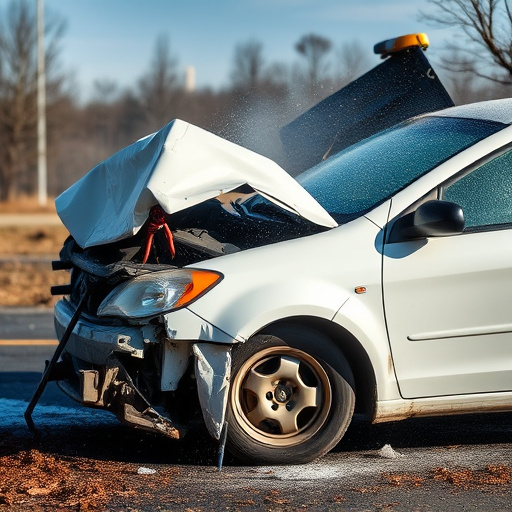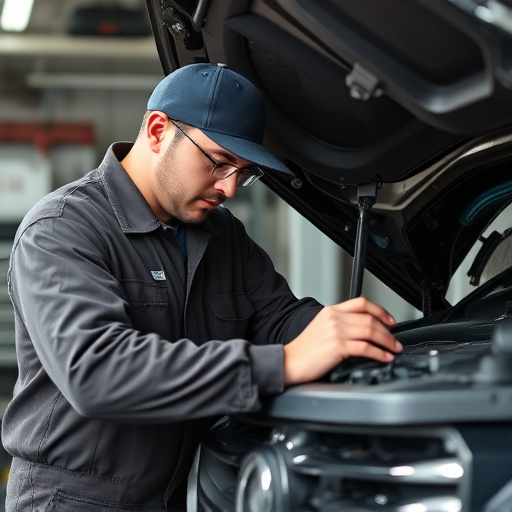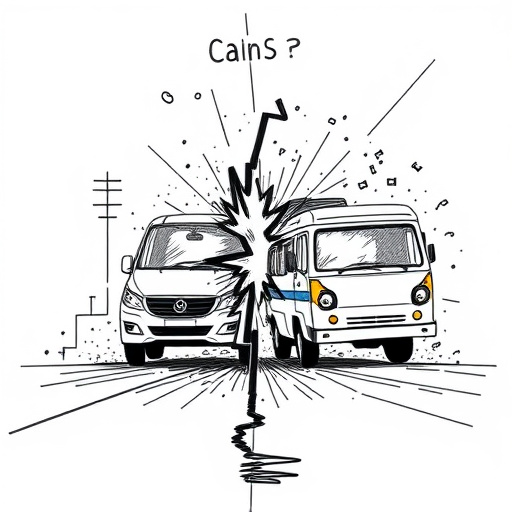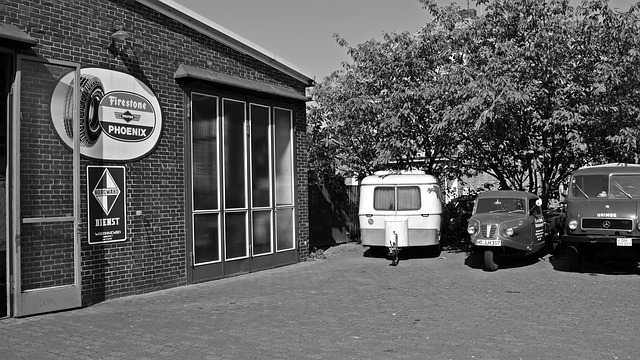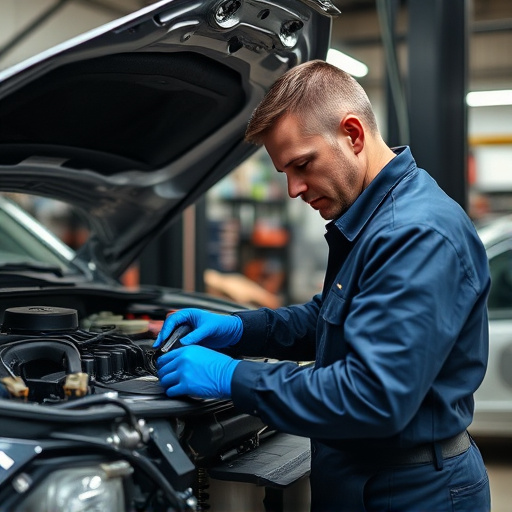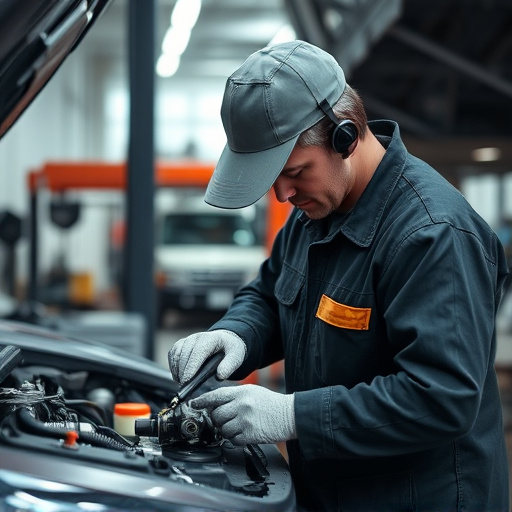Auto body repair guarantees act as a protective measure for both customers and repair shops, covering labor, parts, specific repairs like paintless dent removal, and advanced techniques. Strong guarantees build trust by emphasizing high-quality service and commitment. Quality control is crucial to upholding these guarantees, with skilled technicians employing rigorous inspections, advanced tools, and precise standards to ensure original manufacturing accuracy, catch issues early, and prevent costly rework. Clear standards, tailored procedures, defined tolerances, and precision measurement tools are implemented for consistent, customer-satisfying results that reinforce the guarantee's integrity.
In the automotive industry, an auto body repair guarantee is a crucial promise of quality and customer satisfaction. This article explores the vital role of quality control in upholding these guarantees, ensuring repairs meet high standards. We’ll delve into the scope of auto body repair guarantees, highlighting their importance in rebuilding trust after accidents. Then, we’ll examine how rigorous quality control processes ensure compliance, using advanced techniques to detect even subtle imperfections. Finally, best practices for implementing effective quality control will be presented, emphasizing its indispensable position in maintaining consumer confidence and upholding the integrity of auto body repair services.
- Understanding Auto Body Repair Guarantees: What They Cover and Why They Matter
- The Integral Part Quality Control Plays in Ensuring Guarantee Compliance
- Best Practices for Effective Quality Control in Auto Body Repair Garanties
Understanding Auto Body Repair Guarantees: What They Cover and Why They Matter
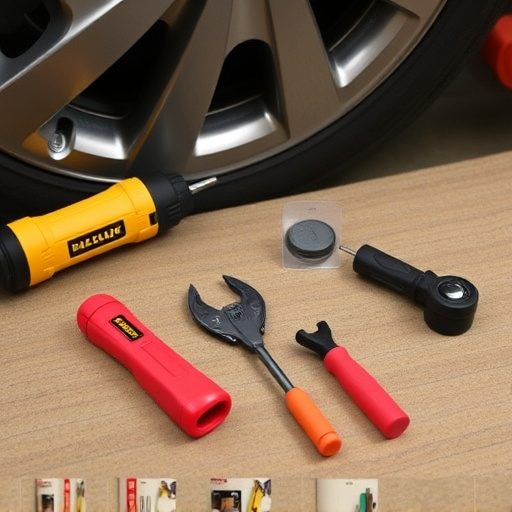
Auto Body Repair Guarantees serve as a crucial safety net for both customers and auto body shops. These guarantees outline the scope of services covered in the event of any issues arising from repair work, ensuring that car owners are protected against subpar workmanship or materials. Understanding what an auto body repair guarantee covers is essential—typically, it includes labor costs, replacement parts, and specific repairs like paintless dent repair.
Beyond offering financial protection, these guarantees foster trust between customers and auto body shops. They emphasize the commitment to delivering high-quality service and repairing cars to their pre-incident condition, be it through traditional methods or advanced techniques like car damage repair. Ultimately, a strong auto body repair guarantee is a cornerstone of a reputable auto body shop, reassuring clients that their vehicles are in capable hands.
The Integral Part Quality Control Plays in Ensuring Guarantee Compliance

Quality control is an integral part of ensuring compliance with auto body repair guarantees. In the complex process of auto body restoration, meticulous attention to detail is required at every stage from assessment and disassembly to repair, painting, and reassembly. Skilled technicians conduct thorough inspections using advanced tools and techniques to detect even the subtlest imperfections. This rigorous quality control not only maintains the precision and integrity of the original manufacturing standards but also guarantees that any damage or issues identified during the repair process are accurately documented and rectified.
By implementing robust quality control measures, automotive body shops can ensure that each auto collision repair meets or exceeds industry standards and customer expectations. This proactive approach helps prevent costly rework, delays, and dissatisfied customers. Moreover, effective quality control contributes to building a reputation for excellence in the market, fostering trust among clients who rely on the shop’s expertise and commitment to deliver top-quality auto body restoration services.
Best Practices for Effective Quality Control in Auto Body Repair Garanties
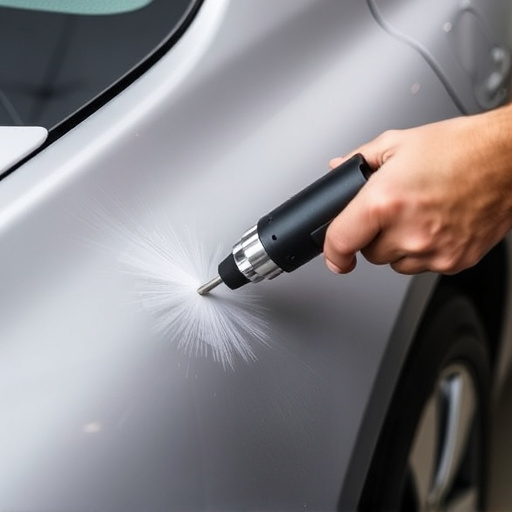
Quality control is a cornerstone in ensuring an auto body repair guarantee stands strong and offers customers peace of mind. To achieve this, several best practices should be implemented throughout the repair process. Firstly, establishing clear standards and procedures specific to automotive collision repair ensures consistency and quality. This includes defining acceptable tolerances for various repairs, from panel fitting to paint finish. Trained technicians who understand these standards are vital, as they perform each step meticulously, adhering to the defined processes.
Regular inspections at pivotal stages of vehicle repair services, such as after body straightening and before final painting, are crucial. These checks catch any deviations from the set standards early on, allowing for immediate corrections. Utilizing advanced tools designed for precision measurement in collision repair further enhances accuracy. Combining these practices creates a robust quality control framework that reinforces the integrity of auto body repair guarantees.
Quality control is not just a checkmark on a list; it’s the heartbeat of any auto body repair guarantee. By meticulously adhering to best practices, repair shops can ensure that every repair meets high standards, protecting both customers and businesses alike. An robust quality control process not only guarantees superior workmanship but also builds trust, fostering long-term customer relationships in an industry where reputation is paramount. Investing in rigorous quality control measures is a strategic move that ultimately drives success in the competitive landscape of auto body repair services.

